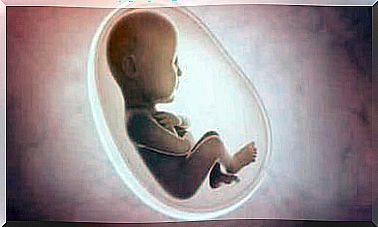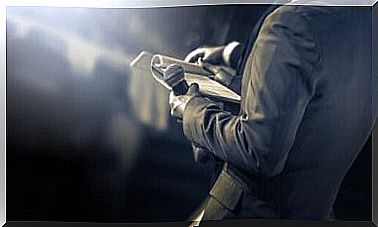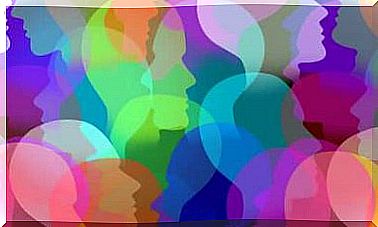This Is How The Brain Combines Memories To Solve Problems
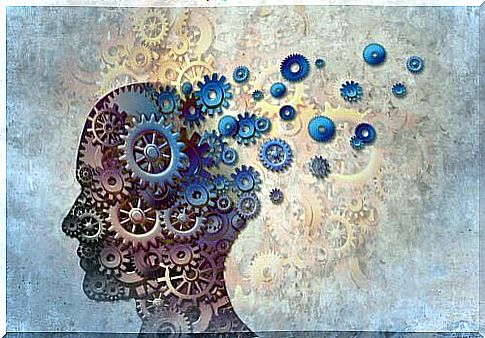
The brain houses our mind and our memories. We rely on its information processing skills to learn something new. But, how does the brain combine memories to solve problems?
Human beings have the ability to creatively combine their memories to solve problems. And thus get new knowledge. This process is largely dependent on the memory of specific events. We then speak of episodic memory.
Episodic memory is widely studied. However, current theories do not easily explain how people can use their episodic memory to come up with these new ideas. A new study on this topic offers a new way to understand how the human brain individually links memories to solve problems.
The study was conducted by a team of neuroscientists and artificial intelligence researchers from DeepMind, the Otto von Guericke Magdeburg University and the German Center for Neurodegenerative Diseases (DZNE). The journal Neuron published the results.
New brain mechanism to retrieve memories
The researchers offer the following example to explain how memory retrieval is activated : Imagine seeing a woman driving her car on the street. The next day you see a man driving the same car on the same street. It might trigger the memory of the woman you saw the day before. And you might think it’s a couple and they live together, since they share a car.
The researchers propose a new brain mechanism that would allow the recovery of memories to activate the recovery of other memories related in this way.
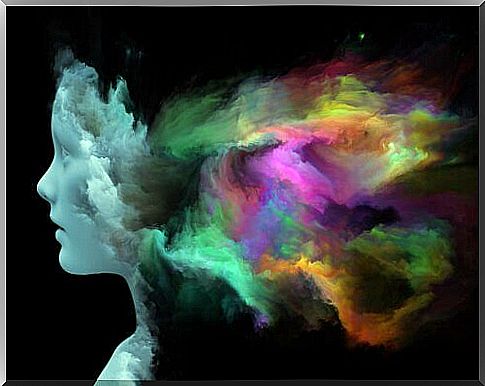
In agreement with standard theories of episodic memory, the study authors postulate that individual memories are stored as separate traces in a region of the brain called the hippocampus.
According to Raphael Koster, DeepMind investigator and study co-author, episodic memories can tell us if we already knew someone. Or if we had parked our car, for example. “The hippocampal system is compatible with this type of memory, which is crucial for rapid learning,” he explains.
Unlike classical theories, the new theory explores an unsupervised anatomical connection. The latter leaves the hippocampus in the neighboring entorhinal cortex, but immediately re-enters it. Researchers believed that this recurring connection is what allows memories retrieved from the hippocampus to trigger retrieval of other related memories.
Combining memories to solve problems
Researchers have developed a way to test this theory with MRI. The study was conducted with 26 young men and women as they performed a task that required them to obtain information about separate events.
The volunteers were shown pairs of photographs: one photo showed an object, the other a place. Each object and location appear in two separate photo pairs, each associated with a different face. This meant that each pair of photos was linked to another pair through the shared object or location image.
In a second phase, the researchers tested whether the participants could deduce the indirect connection between the two linked faces. For that, they showed them a face and asked them to choose between two other faces. One of the options, the correct one, has been associated with the same object or with the same image of the place. And the other no.
The researchers predicted that the presented face would trigger the recovery of the paired object or location. And, therefore, that it would cause brain activity that would move from the hippocampus to the entorhinal cortex. In addition, the researchers also expected to find evidence that this activity would return later in the hippocampus. In order to activate the recovery of the good face linked.
Using specialized techniques developed by themselves, the researchers were able to separate the parts of the entorhinal cortex that provide information to the hippocampus. This allowed them to accurately measure the activation patterns at the entry and exit of the hippocampus separately.
The researchers programmed a computer algorithm to distinguish the activation of scenes and objects in these entry and exit regions. The algorithm was only applied when faces were displayed on the screen.
According to the researchers, these data showed that when the hippocampus recovers a memory, the activation does not pass to the rest of the brain, but recirculates to the hippocampus. This mechanism would be the one that would make it possible to recover other related memories.
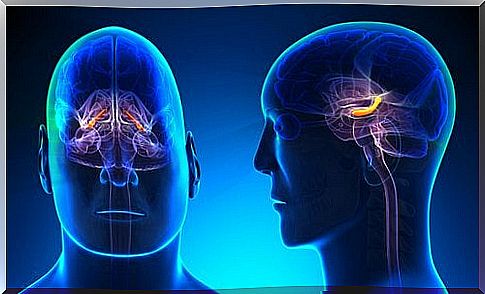
The researchers view the algorithm’s results as a synthesis of old and new theories. “You can consider the results to be the best of both worlds. You retain the ability to memorize individual experiences by separating them. While allowing associated memories to combine on the fly at the retrieval point. ” , explains Dharshan Kumaran, co-author of the study.
According to Kumaran, this skill is useful, for example, in understanding how different parts of a story fit together, which is not possible if you collect a memory from memory.
The authors believe that the results of this study could help improve research in the field of artificial intelligence. Martin Chadwick, co-author of the study, explains that artificial intelligence is superior in many areas. Yet humans still have an advantage when tasks depend on the flexible use of episodic memory. In that sense, as Chadwick says, “We can understand the mechanisms that allow people to do this. The hope is therefore to reproduce them in our artificial intelligence systems. By giving them the ability to solve certain problems in much less time. ”

